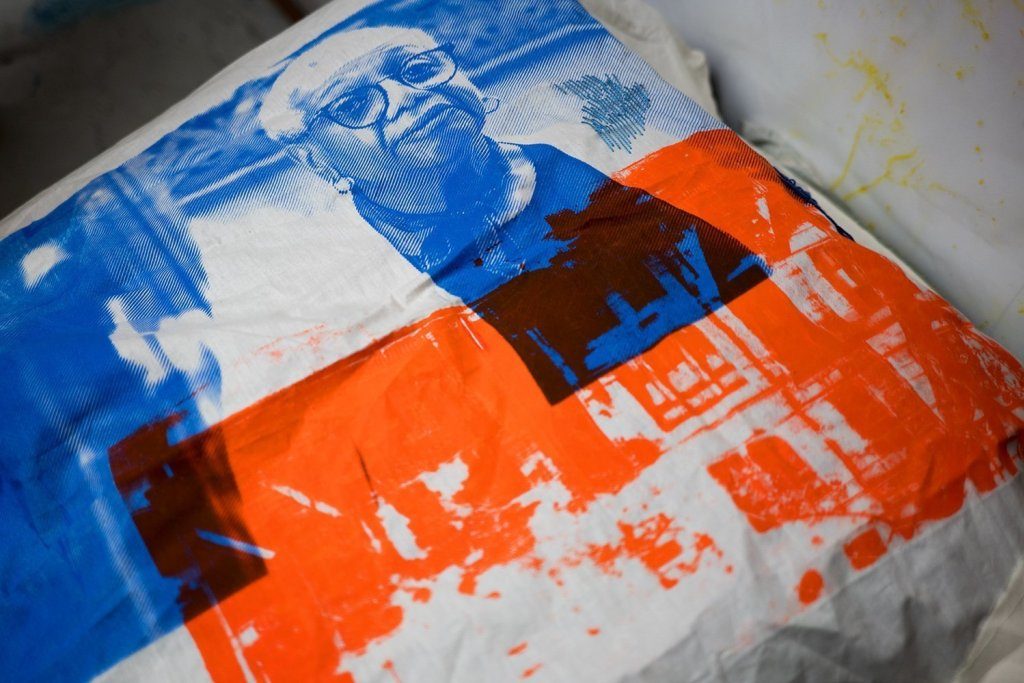Using color, archival photography and contemporary photography, artist Tomashi Jackson creates a visual narrative that connects the viewer to the history of Seneca Village, a small settlement, founded in 1825 by free black people located in what is now Central Park. She draws from the stories of dispossession and displacement from over a century ago, mirroring present day seizures of predominantly Black-owned properties. Her visual narrative, a “palette of ideas” is expressed in bright colors, blues, reds, oranges layered on a mixed media of linen and papers with found photographs.

Image Credit: The Whitney Museum of American Art
https://www.whitney.org
Three of her works in this is featured at the Whitney Biennial 2019 at the Whitney Museum of American Art. Her work, especially the piece, “The Woman is King (Mary and Marlene)” captured my attention and my curiosity leading me to lean in close to the work, my eyes peeling through the layers of colored papers, a juxtaposition of photographs. It is so tactile, I wanted to slide my hand through the horizontal layers. Her resonant compositions were informed through stories and the investigative journalism of Stephen Witt and Kelly Mena. One resident highlighted is the portrait of Marlene Saunders who nearly lost her nearly paid-off brownstone in the Crown Heights neighborhood.

Jackson says, “A part of how I work in using color to visualize narratives of public concern, is using archival photography and contemporary photography. Breaking them down into half tone lines, and creating visual circumstances in which they become collapsed. The histories literally collapse.” As one who is curious about art works and ways they connect me to stories and perspectives through visual narratives, I am so inspired by her process, not just in her artistic production, but through her “balance of intuitive artistic practice with research.” As she says, “I am really just trying to understand the world around me.”
